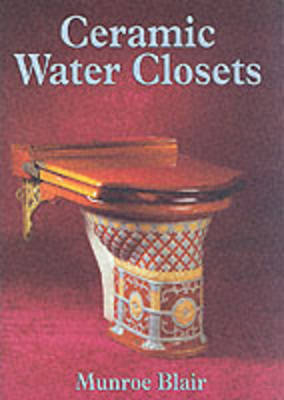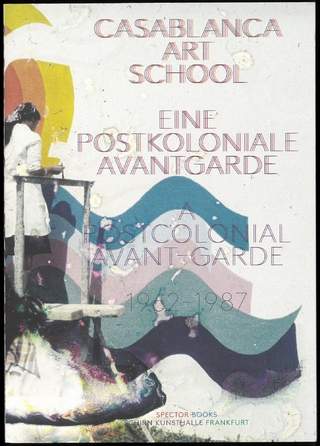
Ceramic Water Closets
Seiten
2000
Shire Publications (Verlag)
978-0-7478-0457-4 (ISBN)
Shire Publications (Verlag)
978-0-7478-0457-4 (ISBN)
- Titel ist leider vergriffen;
keine Neuauflage - Artikel merken
This book traces the history and evolution of ceramic water closets through the nineteenth and twentieth centuries, with emphasis on changing designs, decorative styles and fashion trends, supported by explanatory diagrams and many original illustrations.
At the beginning of the third millennium civilised households around the world had at least one water closet. This British invention dates from 1592, but the first patent was not registered until the late eighteenth century. Although pottery was made by the earliest civilisations, the sanitary pottery industry whas existed for only 150 years. Sanitary pottery has contributed directly towards improving health and helping to combat disease worldwide. For santiary and ablution purposes in early Victorian times wealthy huseholders used precious metal or pottery bedroom toilet sets. Efficient water closets, or WCs, from which waste is washed away to the sewers are now taken for granted, but in early Victorian homes this was far from the case. Water closet development mirrors the triumph of social hygiene over killer diseases in overcrowded cities.
At the beginning of the third millennium civilised households around the world had at least one water closet. This British invention dates from 1592, but the first patent was not registered until the late eighteenth century. Although pottery was made by the earliest civilisations, the sanitary pottery industry whas existed for only 150 years. Sanitary pottery has contributed directly towards improving health and helping to combat disease worldwide. For santiary and ablution purposes in early Victorian times wealthy huseholders used precious metal or pottery bedroom toilet sets. Efficient water closets, or WCs, from which waste is washed away to the sewers are now taken for granted, but in early Victorian homes this was far from the case. Water closet development mirrors the triumph of social hygiene over killer diseases in overcrowded cities.
Munroe Blair acquired his knowledge of the history of sanitary pottery from inside the industry, working with Twyford, Armitage Shanks and English China Clays. He trained in architecture and design, but his professional qualifications are related to marketing, and he has a History of Art and Design BA and a Masters Degree in the history of Ceramics.
Early water closets; Metal valve closets; The development of pottery water closets; Sewers and the pottery inudstry; Pedestal water closets; Ceramic materials used for WC production; Decoration; Flushing efficiency, syphonic and close-coupled WCs; WCs in the third millennium; Glossary; Further reading; Places to visit
| Erscheint lt. Verlag | 1.8.2000 |
|---|---|
| Reihe/Serie | Shire Album S. ; 379 |
| Zusatzinfo | colour and b&w illustrations |
| Verlagsort | London |
| Sprache | englisch |
| Maße | 150 x 210 mm |
| Themenwelt | Kunst / Musik / Theater ► Kunstgeschichte / Kunststile |
| Geisteswissenschaften ► Geschichte | |
| Technik ► Bauwesen | |
| Weitere Fachgebiete ► Handwerk | |
| ISBN-10 | 0-7478-0457-5 / 0747804575 |
| ISBN-13 | 978-0-7478-0457-4 / 9780747804574 |
| Zustand | Neuware |
| Haben Sie eine Frage zum Produkt? |
Mehr entdecken
aus dem Bereich
aus dem Bereich
eine postkoloniale Avantgarde 1962–1987 / a postcolonial avant-garde …
Buch | Softcover (2024)
Spector Books (Verlag)
32,00 €


